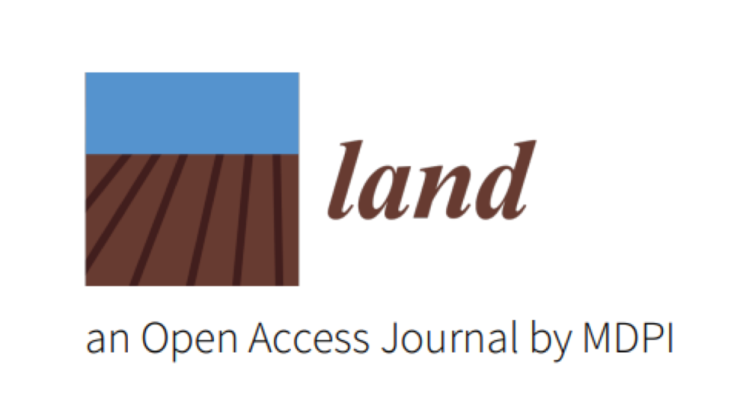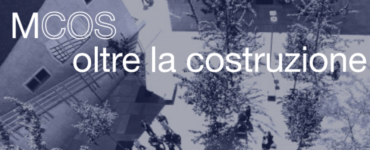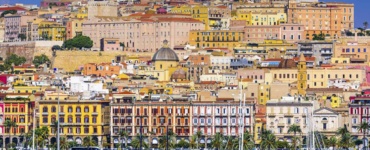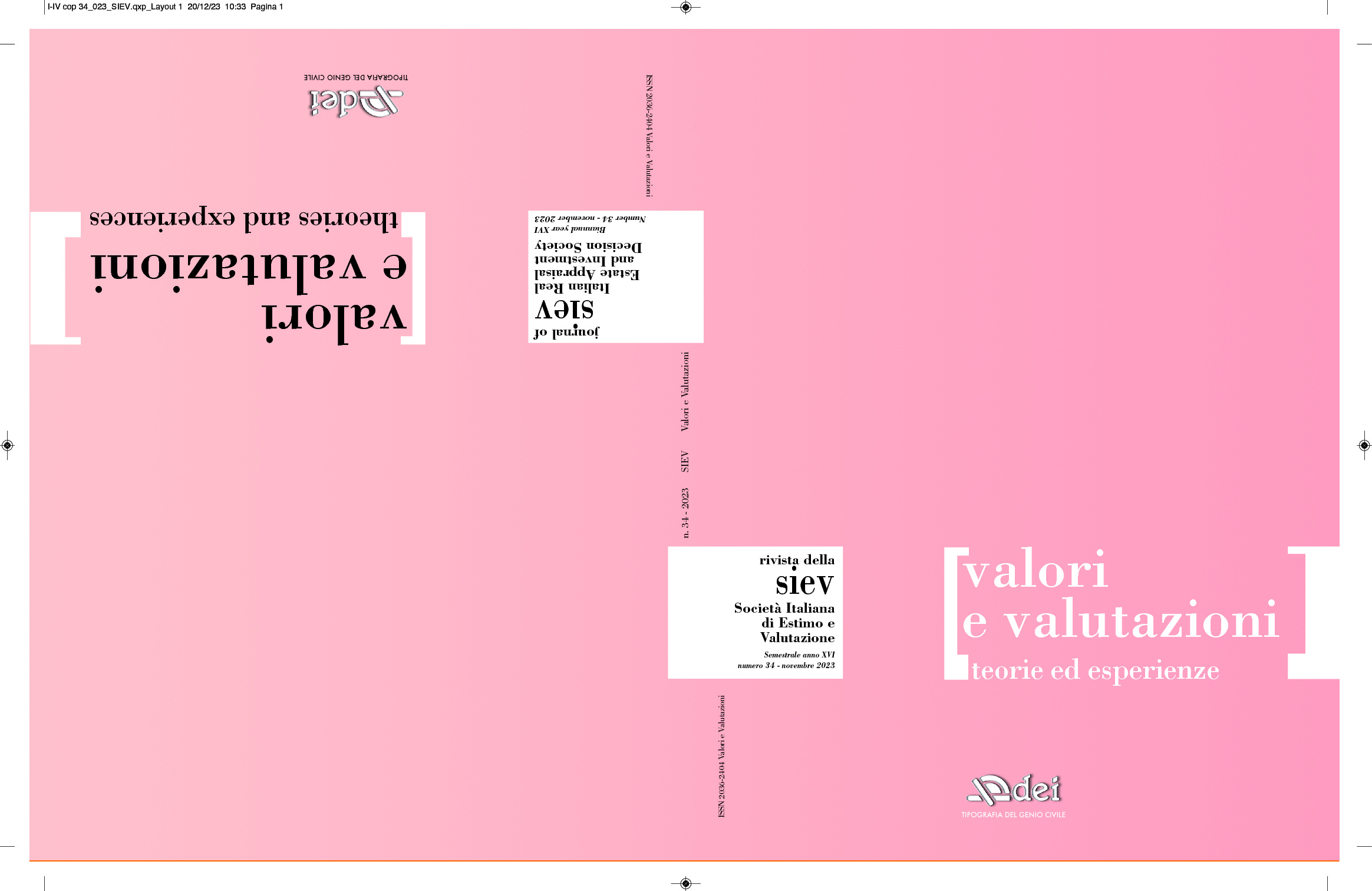A special issue of Land (ISSN 2073-445X). This special issue belongs to the section “Land Planning and Landscape Architecture“.
Deadline for manuscript submissions: 31 October 2023
Dear Colleagues,
Building inclusive, safe, resilient, and sustainable cities calls for new planning approaches. Since cities have a high concentration of capital and resources distributed over a circumscribed territory, they are in a unique position to support the creation of new and multiple values through the transformation of the built environment and protect the landscape in the surrounding, avoiding building expansion. First, since the United Nations and Europe call for better protection of land aiming to bring its net consumption to zero by 2050, transforming urban areas implies reflecting on land consumption: urban planning must first analyze the potential for reuse and redevelopment of the existing (abandoned or vacant) building stock. Second, even if the real estate development process is traditionally linked to the creation of economic value, as the predominant parameter to be considered, sustainability considerations on several dimensions, in addition to the economic one, are now framed at a global level. While the creation of economic value in real estate development processes remains undisputed, environmental, social, and other demands and needs are emerging to be reflected not only in the public but also the private context in urban regeneration processes. The transformation of existing urban areas—and a consideration of how it can contribute to a cohesive system of open spaces and the built environment—involves broad solutions, from green walls to green roofs, urban streets to public parks, and urban forests, including impacts on the water cycle and biodiversity. Accordingly, design in urban areas can encompass both architectural and landscape design, implying, for example, the implementation of nature-based solutions (NBS) as a first step toward value creation through their ability to increase social value and reduce inequality with the purposeful, value-driven design of urban space. Planning urban interventions in the city from this perspective implies the involvement and action of decisionmakers and policymakers structurally called upon to deal with the impacts of urban development according to the different pillars of economic, social, and environmental sustainability, on the one hand. On the other hand, private actors and developers contribute to public transformation and, while drawing quantifiable elements of benefit from it, can aim to proactively address these challenges and contribute to the creation of new values through the project.
The goal of this Special Issue is to collect contributions on fostering urban regeneration pathways via urban, architectural and landscape design projects, aimed at achieving more inclusive, safe, resilient, and sustainable cities.
The subject reflects on the centrality of values in urban regeneration projects from the perspective of land and landscape protection, envisioning how they could be explicitly incorporated by the project—and, consequently, pursued and measured—through reuse systems, sharing models, and innovative proposals that improve the way in which the built and open spaces, conceived in their interaction, are used.
Accordingly, proposals are invited that address this topic through a reflection in terms of:
- Spaces, with a focus on the scale of the urban district, deepening the interaction between buildings and open spaces in the pursuit of attractive and life-enhancing, as well as inclusive design solutions;
- Actors, in terms of public, public–private, and private different possibilities of intervention and collaboration to urban contexts, urban–rural interactions and/or urban planning and development;
- Processes, concerning proposals of cohesive transformation of built and open spaces, with a focus on urban amenities, social sustainability, and socio-economic inequality.
Proposals can, but are not limited to, address solutions providing simultaneous environmental, social, and economic benefits, and contributing to urban regeneration and land protection, such as: urban regeneration processes; place-based approaches; co-design and participatory projects; regeneration of undervalued or underused urban areas; systemic, locally adapted, and resource-efficient interventions; nature-based solutions; landscape and built-up heritage. This choice allows the understanding of how urban regeneration transition pathways can be developed in practice, and how the creation of value—not only economic, but also environmental, social, and others—takes place in both private and public contexts.
Prof. Dr. Isabella M. Lami
Dr. Alessandro Armando
Dr. Elena Todella
Guest Editors














Aggiungi commento